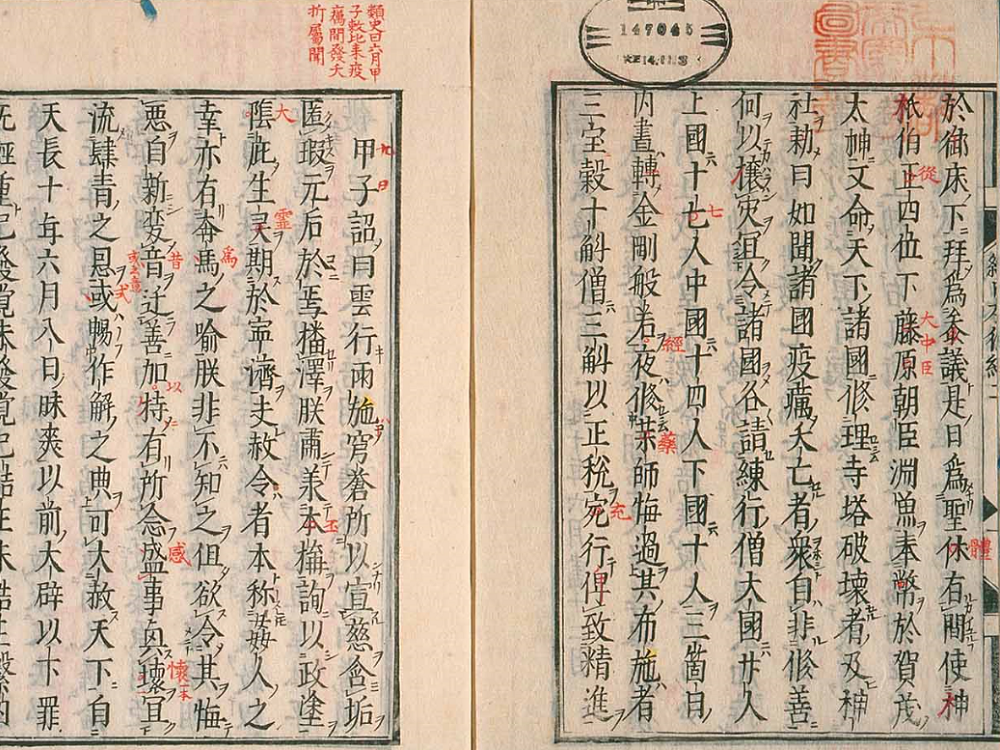
Hiramatsu Collection was formerly held by the Hiramatsu Family, whose forefather was Tokiyoshi Nishinotoin (1552-1640). The second son of Tokiyoshi, Tokitsune (1599-1654), founded a new branch family, the Hiramatsu Family, in the beginning of the Edo period. The family lasted until the Meiji era, when they became Kazoku (peers) and the head of the family was given the rank of Viscount.
Since the Hiramatsu Family was keishi (household superintendent) to the Konoe Family and served as nikki no ie (House with Diaries) that kept records of the court for generations, Hiramatsu Collection includes records of the authoritative precedents of court ceremonies written by the family members, especially diaries.
The most important three diaries in the collection are no doubt Hyohanki (範国記), Hankokuki (兵範記) and Chishinki (知信記).
Hyohanki is a diary Nobunori Taira (1112-1187) wrote by hand from the age of 21 to 60 with some missing parts. This is designated as an important cultural property.
Hankokuki is a diary by Norikuni Taira from April to December, 1028 and Chishinki is a diary of Tomonobu Taira from January to March, 1131. Both are handwritten copies by Nobunori.
The collection also includes Japanese literature books: Chokusen wakashu (imperial anthologies of Japanese poetry) such as Manyoshu and Kokinshu and tales such as Ise monogatari, Genji monogatari and Heike monogatari.
There are also books of renga (linked verse poetry) and Chinese classical books.
In 1910, Tokiatsu Hiramatsu (1845-1911) placed the entire Hiramatsu Collection in care of Kyoto University Library permanently. In 1914, responding to the request of the heir of Tokiatsu, Kyoto University Library purchased the collection.